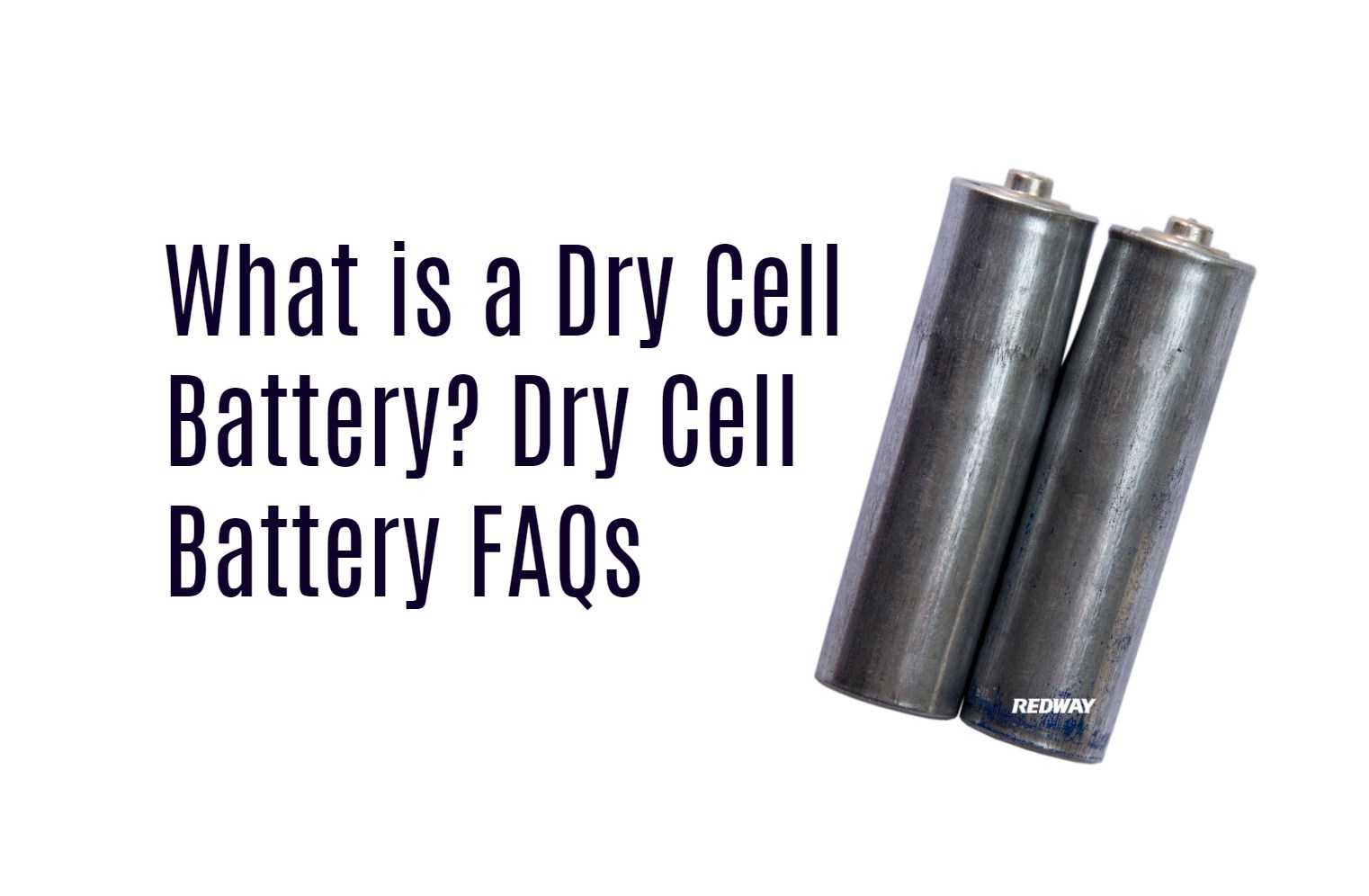A dry cell battery is a type of electrochemical battery that uses a paste electrolyte, making it less prone to leakage compared to traditional wet cell batteries. These batteries are commonly used in portable electronic devices due to their lightweight and compact design. This article will explain what dry cell batteries are, their components, advantages, and frequently asked questions.
What is a Dry Cell Battery?
A dry cell battery consists of several key components that work together to generate electrical energy:
- Anode (Negative Electrode): Typically made of zinc, the anode undergoes oxidation during discharge, losing electrons.
- Cathode (Positive Electrode): Usually composed of carbon or graphite mixed with manganese dioxide, the cathode gains electrons during discharge.
- Electrolyte: Instead of a liquid, dry cell batteries use a paste electrolyte, often a mixture of ammonium chloride and zinc chloride. This paste facilitates ion transfer between the anode and cathode while minimizing leakage risks.
- Separator: A separator made of paper or similar material prevents direct contact between the anode and cathode while allowing ions to pass through.
- Container: The entire assembly is enclosed in a sealed container made of zinc or steel, which also serves as the cathode terminal for electrical connections.
Types of Dry Cell Batteries
- Zinc-Carbon Batteries: One of the oldest types of dry cells, commonly used in low-drain devices like flashlights and remote controls.
- Alkaline Batteries: These have a higher energy density than zinc-carbon cells and are widely used in various consumer electronics.
- Lithium Batteries: A modern type of dry cell that offers high energy density and long shelf life, commonly used in smartphones and laptops.
Advantages of Dry Cell Batteries
- Portability: Lightweight and compact, making them ideal for portable devices.
- No Leakage: The immobilized electrolyte reduces the risk of spillage, making them safer to handle than wet cells.
- Durability: Generally more durable due to their sealed construction, protecting internal components from damage and corrosion.
- Long Shelf Life: Retain charge for extended periods when not in use, making them suitable for emergency backup applications.
Disadvantages of Dry Cell Batteries
- Limited Rechargeability: Most dry cells are designed for single-use applications, although some types (like lithium-ion) are rechargeable.
- Cost: They can be more expensive than wet cell batteries on a per-use basis.
Dry Cell Battery FAQs
1. How long do dry cell batteries last?
The lifespan of a dry cell battery depends on its type and usage conditions. Alkaline batteries typically last longer than zinc-carbon batteries, with shelf lives ranging from 5 to 10 years when stored properly.
2. Can you recharge dry cell batteries?
Most traditional dry cell batteries (like alkaline and zinc-carbon) are not designed for recharging. Attempting to recharge them can lead to leakage or rupture. However, some rechargeable dry cells, such as lithium-ion batteries, can be charged safely.
3. What applications are best suited for dry cell batteries?
Dry cell batteries are ideal for portable electronic devices such as flashlights, remote controls, toys, and small appliances due to their lightweight design and reliability.
4. Are there safety concerns with dry cell batteries?
While dry cell batteries are generally safe to use, improper handling or charging can lead to risks such as leakage or rupture. Always follow manufacturer guidelines for usage and disposal.
5. How should I store dry cell batteries?
Store dry cell batteries in a cool, dry place away from direct sunlight and extreme temperatures. Ensure they are kept in their original packaging until needed to prevent accidental short-circuiting.
Conclusion
In summary, dry cell batteries are essential components in many portable electronic devices due to their compact design and safety features. Understanding their structure, advantages, and proper usage can help consumers make informed decisions when selecting power sources for their devices. By following best practices for storage and handling, users can maximize the performance and lifespan of their dry cell batteries.




